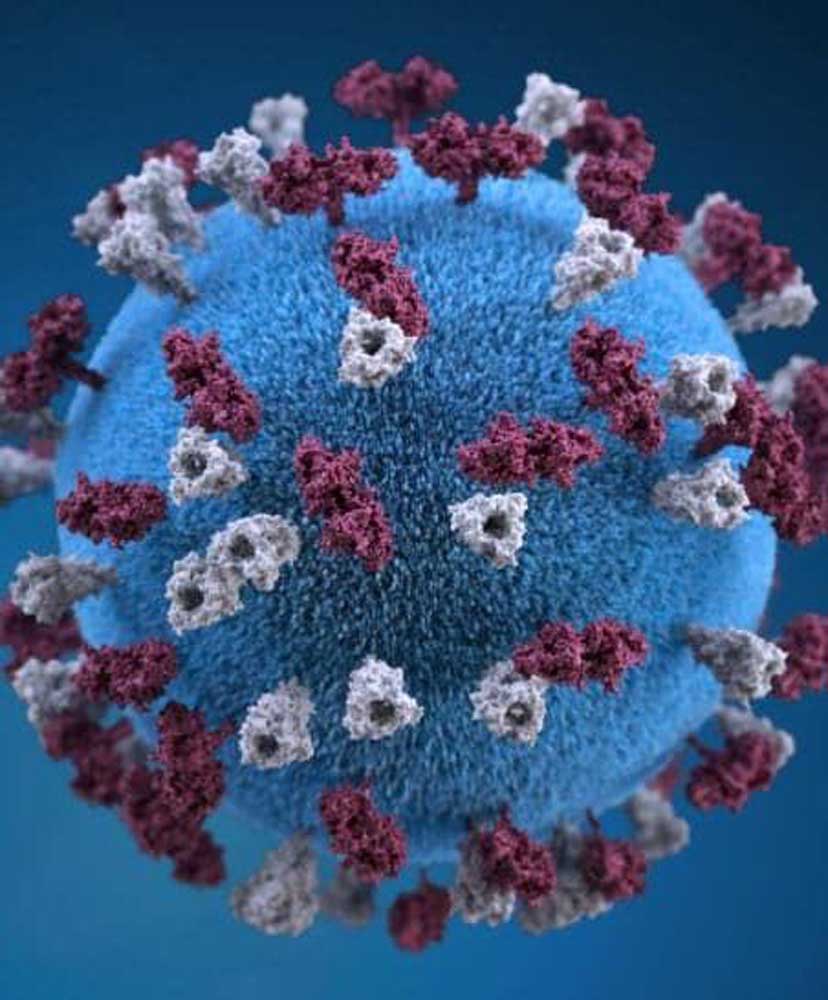‘Cheshire Murders’ proof it can happen here
Published 5:00 am Thursday, July 18, 2013
“The Cheshire Murders” 9 p.m. Monday, HBO
Conventional wisdom has it that a good documentary will answer questions, but if many fundamental issues are left unresolved in “The Cheshire Murders,” it’s partially because some things are just unknowable.
The film, airing on HBO Monday night, details the horrific 2007 murders of Jennifer Hawke-Petit and her daughters, Michaela, 11, and Hayley, 17, during an invasion of their perfect home with its manicured lawn and neatly shaped shrubbery, in the idyllic town of Cheshire, Conn. Dr. William Petit was also brutalized during the attack but managed to escape before the two sociopath invaders strangled his wife, raped her post-mortem, raped the younger daughter, poured gasoline on the two girls and set them and the house on fire.
One aspect of the case that should be knowable but isn’t is why the Cheshire police apparently got to the Petit house only a few seconds after they were alerted by a Bank of America manager that the Petit family was being held hostage in their own home, yet remained outside the house for nearly a half hour while several heinous incidents were happening inside. In the film, by Kate Davis and David Heilbroner, the cops will say only it’s not their policy to detail what they did when at a crime scene.
But police dispatch logs confirm police presence outside the house for that span of time, and Petit as well as his sister-in-law, Cindy Renn, and her parents, the Rev. Richard and Maybelle Hawke, believe the police could have saved the three victims.
There is much more to the story than the graphic details of the invasion and whether the police could have intervened earlier. The case became a pivotal issue in the debate over the death penalty in Connecticut, and that’s a big part of the film. Steven Hayes and Joshua Komisarjevsky were arrested fleeing the burning Petit house on the morning of July 23, 2007. Two years later, the Connecticut General Assembly voted to repeal the death penalty, which had been re-instated in 1973. The repeal was vetoed by Gov. Jodi Rell, in part because Hayes and Komisarjevsky had yet to be tried. Many in the state, including those who’d previously opposed capital punishment, wanted these two dead. The state eventually repealed capital punishment in 2012.
From the funeral for his wife and daughters six days after their murder to the present day, William Petit has been a vocal and visible advocate for justice for his family. The film doesn’t have to overemphasize the sad irony that a man whose job is to save lives, to “first, do no harm,” and his wife’s parents — a man of God and his wife — have clearly had to grapple with the dense moral complexities at the heart of the death penalty issue. If they have come down on the side of wanting justice, can anyone really blame them? Perhaps not, but death penalty foes still believe capital punishment is not a deterrent. Hayes and Komisarjevsky each offered to plead guilty to the crimes in return for life sentences, but their offer was rejected by prosecutors, who wanted them to face the death penalty.
We also get a great deal of insight into the troubled lives of Hayes and Komisarjevsky, both of whom had been abused as children. To the filmmakers’ credit, the often dismal facts of the men’s lives are not presented in any way as an explanation or apology for their actions in 2007. Instead, we come away believing that there was a certain inevitability to how they’d wind up in life. The deck was stacked against them from the start. Narrative by one of Komisarjevsky’s former girlfriends is especially telling, as she details sex play that often involved bondage. She was always appreciative of Komisarjevsky wanting to make sure the ropes weren’t too tight. We also get a terrifying look inside Komisarjevsky’s mind through prison diaries and from recollections by others of his uncanny ability to remember every item he ever stole from various home invasions before the Petit murders.
Yet, perhaps the greatest unknowable aspect of this singularly horrific case is specifically what triggered these two monsters to do what they did to Jennifer and her daughters. Psychological details, memories of former girlfriends — all contribute to a generalized knowledge, but because the minds of Hayes and Komisarjevsky are clearly so far outside the knowable norm of human existence, it still makes no sense.
“The Cheshire Murders” is a tragic story in every way. We might at first find ourselves thinking about all the other heinous murders that don’t occur in upper-middle class Connecticut neighborhoods and wonder why they don’t merit the same kind of documentary treatment. It’s a valid question. At the same time, the reality that it can happen here — “here” being Cheshire, Conn. — should remind us that it can and does happen everywhere.








